Blogs are pieces of content written to provide visibility to your personal brand or satisfy your business requirements. They are great tools that can showcase your domain expertise, generate new content, and work with other digital marketing strategies to drive visitors to your site. In recent studies, Blogs have also been rated as the 5th most trustworthy source for gathering online information. With all this going for it, no wonder more people are taking to blogging. If this has piqued your interest, let’s look at some tips and tricks to help you write your first blog.
‘You can buy attention (advertising). You can beg for attention from the media (PR). You can bug people one at a time to get attention (sales). Or you can earn attention by creating something interesting and valuable and then publishing it online for free.’
In this article, we will look at the blog’s evolution from its humble beginnings as a personal journal to its stellar rise as one of the essential facets of Digital Marketing.
It is estimated that about 36% of all Fortune 500 companies have blogs, and about 6.7 million people publish blogs every month!
With these statistics, you can’t ignore the power of the Mighty Blog.
We will also dive into how you can successfully write your first blog and some important tips to make it relatable, memorable, and valuable. Finally, we will explore a few of the benefits blogs provide that help elevate your brand and help you gain your return on interest. Sounds good? Let’s get started.
What is a blog?

The word originated as ‘weblog’ and was coined by Jorn Barger way back in 1997. He used this word to document his ‘logging’ of the internet as he browsed through it. In 1999, it was changed to the current term blog by programmer Peter Merholz.
Back then, a blog was used as a personal journal, and each page shared an opinion or information on a wide range of topics.
HubSpot gives the following definition of a blog:
A blog is described as a regularly updated website or webpage that is written in a conversational style and is maintained by an individual or a group of people for personal use or business needs.
It helps create a blog on a niche area in which you have some expertise or understanding. More on that when we dive into how to write a blog post.
Once you have your blog set up, you can create articles on sub-topics relating to your blog’s overall theme. For example: If you start a blog about traveling, one of your posts could be “The Top 10 Vacation Spots in India in 2021.” This post is called a blog post.
Each blog post can have an individual webpage on your website which revolves around the central theme. The length of each post can vary between 600-2500 words and contain infographics, videos, and charts. In addition, a blog post link will revert to your site, thereby increasing the possibility of your other content (could be products, services, books) being seen as well.
What is the purpose of a blog?

In essence, a blog helps you accomplish four important goals:
- Establish an online presence
- Create an identity as an industry expert or SME
- Engage with an audience
- Drive organic traffic to your website
We will circle back to all the above points once you have understood how to write your blog first.
Six Steps to Help You Write Your First Blog Post (And Do It Consistently After)
There is no right or wrong way to go about writing, but there is a tried and tested way. Below is a summary of distilled wisdom I have gathered from pro bloggers and novices alike. For your convenience, I have split it into ten steps to help you clearly understand the elements of creating your first blog.
STEP 1: Pick Your Blog Niche

Enough emphasis cannot be laid on this first and very crucial step. Take some time and decide on a subject or area of interest you can add value to. Some of the important questions that can help you are:
- Why am I creating this blog? – Intent
- Who is going to read it? – Target audience
- What am I going to say through it? – Overall messaging
- How will it help? – Does it solve a problem or provide new information
- Is there enough interest generated on this topic? – Relevance
- How long is your blog niche likely to last? – Evergreen Vs News
- How many people are already writing about your niche? – Competition
- Does it hold potential to generate income? – ROI
STEP 2: Create a Unique Domain for Your Blog
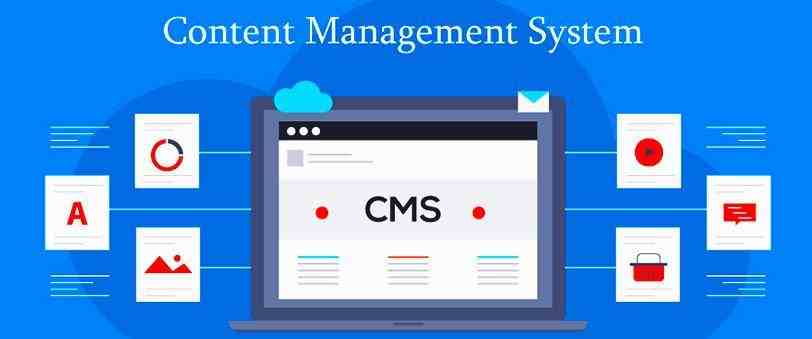
Now that you have an idea about the type of content you want to create, the next logical step is creating a space to post it where it can be viewed, stored securely, and maintained. You can do all of this with a CMS (Content Management System) and a website domain hosting service.
A CMS is a tool used to create, manage, and publish your writing on your website. So, in a nutshell, a CMS handles the basic online infrastructure that is required and allows you to focus solely on your writing instead of spending hours creating your own web pages, storing images, and other such technicalities.
An example of a good CMS is WordPress. In fact, according to research, 70 million blog posts were created by WordPress users in the last month alone and they manage over 40% of the market share on websites with a known CMS.
A domain name is used to tag your content uniquely. For example, consider the travel blog idea, your domain could be www.travelingwithmel.com (or .in, org). Once you have got your domain name, you can share it on the internet for people to visit via a website domain hosting service.
There is a wide range of domain hosting options to choose from such as shared hosting, VPS, dedicated server hosting and a few more. Choose your hosting service wisely depending on the type of website you have and the scalability of your site. Some of the good hosting options include GoDaddy, Wix, Bluehost, Google Cloud, WP Engine, and SiteGround.
Once you have got this covered, spend time developing the aesthetics of your site. Customize it to reflect your brand, the content your sharing, and make it inviting. Although this may take a while, there are four pages every site must contain (even if you are just blogging):
- About the Author / About Us
- Contacts Us
- Privacy Policy
- Terms of Use
STEP 3: Brainstorm Ideas for Your Blog

If you are at step three, you are ready to start ideating and come up with some great topics for your blog. There are many ways you can go about this (and frankly a whole article can be written on this alone). Here are few sources to check out while looking for ideas:
- Books, magazines, or periodicals which cover your topic (not necessarily your niche)
- Online content written on the subject in the last six months (older than this and it is probably redundant)
- Look up keywords in Google around your topic (you can also try useful sites like Ask the Public and tools like Google Keyword planner to help generate search words and even tell you how many people are writing about it)
- Newspapers have a dearth of information (good and bad) on varied subjects. You can choose to write a piece in defense of or in agreement with a view point.
- Do a brain dump with the help of your friends and colleagues for ideas
Pro Tip: Write down a few ideas (at least 5) and gather sufficient content to get you going. Make sure it all relates to your chosen niche and gives you the ability to contribute your insights.
STEP 4: Select Your Topic and Get Going

Hurray, you are finally here! From the above topics you have narrowed on, choose one to being. How do you pick? Select a small topic which is rather familiar to you and will allow you to get your creative juices flowing. Too much research and searching for statistics may put you off from getting your post done. For example, my traveling idea blog could start off with a post about why traveling helps you relax and rejuvenate. Here is a list of the most popular blog formats you can follow:
- The Listicle (and I must add one of Google’s favorites) Post – 5 Reasons You should Wear Sunscreen
- The ‘How to’ or ‘Guide’ Post – Useful steps to get something done or started, like this article!
- The Pillar Post – A main piece of writing which has sub-links to your other works (good for when you have a couple of articles ready that can be linked)
- The ‘Facts’ Post – This writing may be a bit technical and provides relevant data, research, and studies.
- The Infographic Post – writing which is interspersed with charts, images, GIF’S, etc.
Pro Tip: An average sized blog takes 2- 3 hours to write, so do not be dismayed if you are not getting it done in the first hour.
STEP 5: Get the Structure Right
Remember when you learnt about writing essays in English at school? In case you cannot recall, your teacher would have talked about how every piece of writing should have an introduction, a body, and then a conclusion. Blogs are just the same.
Along with that, pay attention to the below points as well
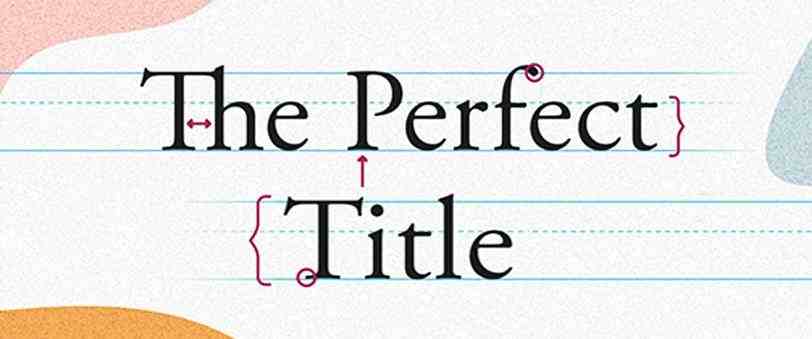
- Title Your Masterpiece – Start with a working title and after you finish your piece you can create your final title. For example, with our travel blog, you could start with a working title like: ‘Where to Vacation In India’ and once your done, your final title could read ‘Top 10 Vacation Spots in India in 2021’. It is also worth noting that titles with 6-13 words attract the highest amount of traffic. So, keep it short and to the point.

- It’s all about the Intro – A good piece of writing is never going to read unless it has a catchy introduction. How do I do this, you say? Think about pieces of writing that caught your eye. Chances are they started with an interesting quote, a question, or even a joke that got you hooked. This would have been followed up by a reason for the article – could be to address pain points and provide a solution or offer information on tools to start something new. Either way, the ‘why’ of the blog is established in the introduction. Finally, the most important part is telling a good story and forming a connection. This will ensure you have your audience reading on.

- Let it flow – Once you have outlined your blog, make sure the information is not overwhelming to read. Break it up into paragraphs with tips, quotes, stats, images and leave plenty of white space for the eye to move around. Choose a sensible font like Calibri or Times New Roman that makes for easy reading.
Still need a little more help with your writing? Check out these tools that writers use to help them improve their writing:
- 750 words
- Daily Page
- Help me Write
- Trello
- Blog Topic Generator
Pro Tip: Research says, Bloggers who write articles of 2,000+ words are far more likely to have strong results. You may not get there in your first post, but if you have a lot of content, go for it!

- Add a Call-To-Action (CTA) – A Call to Action is a little note at the bottom of your blog that tells your reader what to do next. Some examples of a CTA include, subscribing to your newsletter, downloading an e-book, registering for an event, etc. Why is this important? It helps you collect data about your audience and their interests, form mailing lists, and include your readers to VIP events.
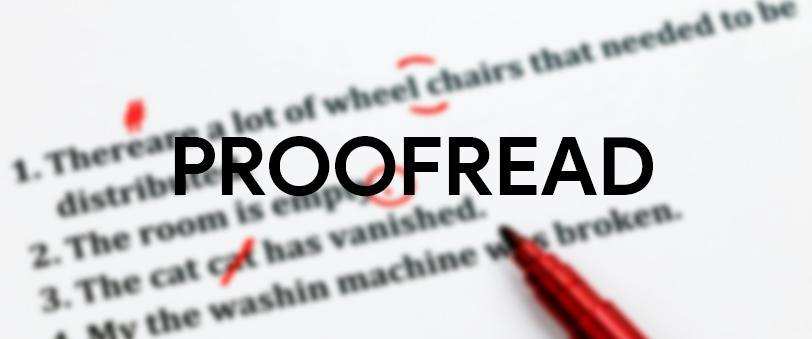
- Proofread Times Two – Now that you have completed your writing, you need to check it for consistency, grammar, and plagiarism. You can use many tools to help you with this, but recommend you get started with Grammarly and smallseotools. When you have completed the first check, you could get it cross checked by a grammar loving friend or colleague.
STEP 6: Learn About Optimizing Your Blog

At this stage, you can now think about factors which will help your blog reach your audience. The best way to do this is to learn about SEO (Search Engine Optimization) and its impact on getting organic traffic (without the paid ads) to your blog. Don’t worry, it’s not that difficult. Here are few things to start off with:
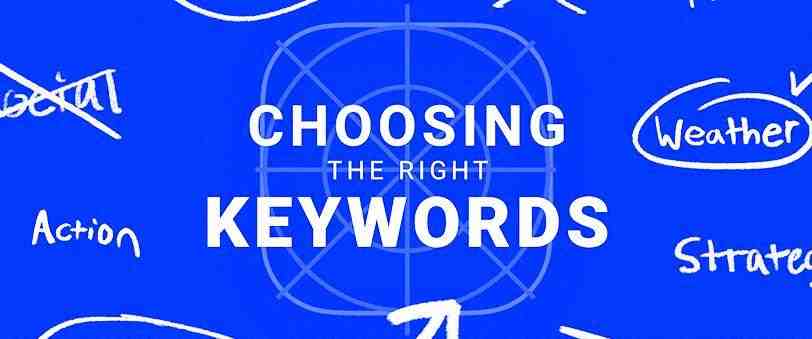
- Choosing Keywords: Use low competition keywords when starting out. Low competition keywords are an indication from a search engine that tells you how many people are currently writing about selected space. It will also reflect the number of people searching for this information in terms of MSV (monthly search volume). As a rule of thumb, go for low competition keywords which have a higher MSV.

- Title and Headers: In order to optimize your content, add your keywords to your title and opening paragraph (preferably between 80-100 words). Use the appropriate header sizes for the Title (H1), Introduction(H2), and subsequent headers (H3).
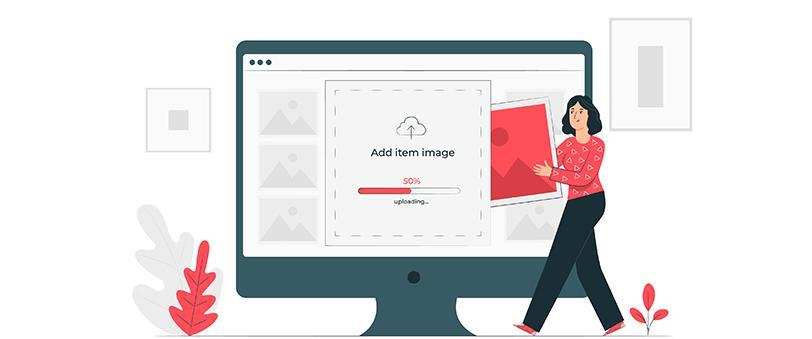
- Image File Tagging: Search engines view graphics on a page as file names. Make sure to tag your images with at least one of your keywords.

- Linking: Links play an important role to help your content rise in the visibility for a search engine. While your content provides relevancy, links provide popularity. Google uses these two factors to rank your content.
Before I sign off, let’s look at the benefits of blogging I mentioned earlier.
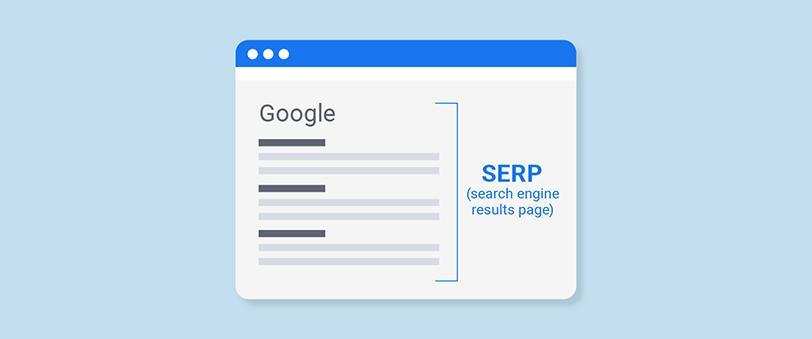
- An organic way to drive traffic to your website
If you want to be known for a particular skill/product/ service, the best way to go about it would be to create informative and value-adding content around it.
This will enable two things. First, search engines like Google will start paying attention to you because of the well-researched or in-depth expertise you provide (thereby allowing you to land on their illustrious search engine results page (SERP)) via your blogs. Secondly, you will also attract a whole new audience to your website simply because they like what you say and how you say it.

- Provides repurposing opportunities
In today’s world, content gets churned out pretty fast, and sometimes it may seem daunting to come up with fresh content to drive meaningful client engagement and create customer delight. In this scenario, blogs can come to your rescue. Think about it, if you’ve taken the time to write on a topic covering it from various angles and have also done a ton of research on it, why not publish it on all possible channels?
You can repurpose the content from your blog into various formats to feed different social media platforms. For example, you can make a great tweet out of key research findings, create a simple infographic for Pinterest or LinkedIn or make a video clip of your content to publish on Facebook. The best part is, even if people don’t read your blog, they are sure to notice your videos, tweets, or graphics which are all from your blog!

- Helps with link building
When you are just starting, it can be an uphill task to get noticed. Here’s why. According to research, approximately 409 million people view more than 20 billion pages a month. So how do you get validated as being a thought leader? The answer is simple. Focus on creating a lot of quality content in your desired niche, which supports your audience and provides worth to others perceived as industry experts. This makes it easier to get seen and gain a backlink (a reference to your blog in their writing)
Why is this helpful? Backlinks are one among the 200 factors used by Google algorithms to rank articles in SERP. Therefore, a backlink from a website with a high Domain Authority (search engine ranking score) helps improve your credibility and further enhance your own search engine ranking.

- Great way to communicate updates or events
Blogging is an excellent platform to communicate important news, events, or any updates you would like to share with the world. Maybe you are thinking about hosting a live session, sharing insights you gathered from key influencers, or even supporting your local charity event; your blog can help get the word out.
By following these simple steps, you are sure to be able to produce your first blog in no time. As you gain more experience with writing and by reading other blogs, you will be able to tweak your work and create relevant, interesting, and dare I say, even inspiring pieces.
Happy Blogging!
